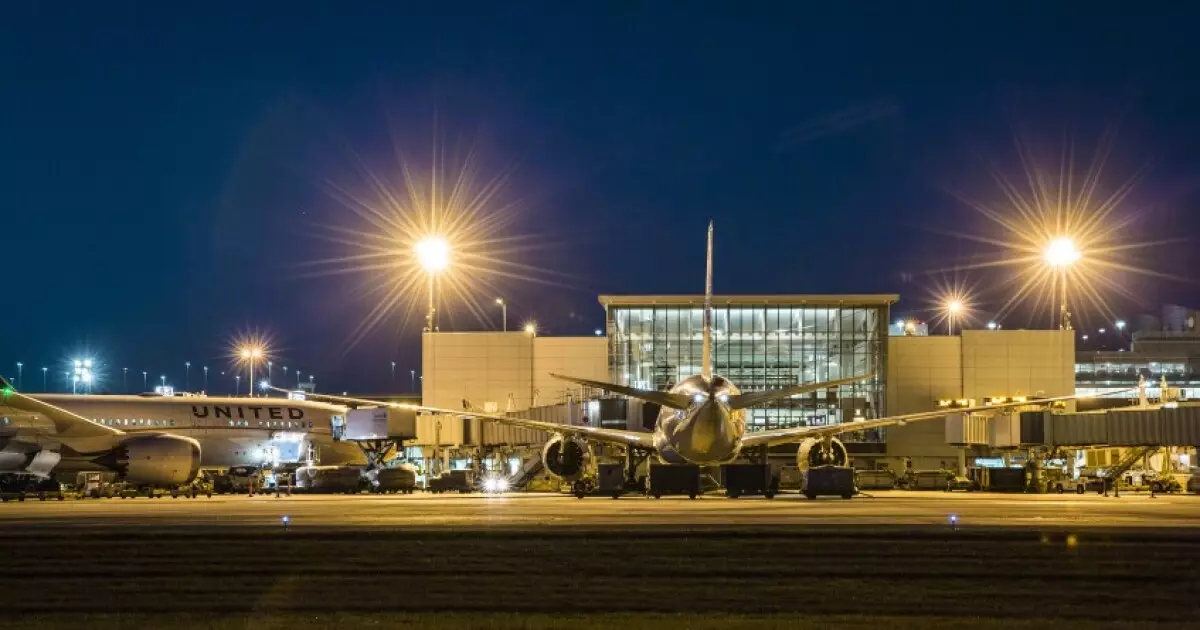Houston’s latest attempt to fund a monumental $719.5 million debt issuance under the guise of boosting its airport infrastructure reveals more than just strategic planning—it exposes a troubling optimism that borders on fantasy. As a center-right advocate valuing fiscal prudence and responsible government spending, I see this move as a reckless gamble. Municipalities often tout big projects as engines of economic growth, yet too often, these projects become albatrosses—costly, mismanaged, and ultimately unsustainable. Houston’s decision to impose nearly $720 million in bonds on taxpayers amid an uncertain economic climate feels more like short-term politics than responsible economic development.
Moreover, the reliance on subordinate lien revenue bonds, especially those subject to the alternative minimum tax (AMT), accentuates the systemic risk. Relying on revenue streams that are heavily dependent on passenger volume at the airport, which is inherently cyclical and vulnerable to external shocks such as pandemics or economic downturns, is a precarious foundation for such substantial debt. The assumption that passenger growth will continue unabated is optimistic at best and naïve at worst. When faced with unforeseen disruptions, the revenue streams securing this debt could falter, leaving taxpayers holding the bag.
Overstated Growth Projections and Overconfidence
Houston’s projection of enplaned passengers reaching nearly 29 million at IAH by 2032 appears ambitious, especially in light of recent trends. While passenger volume did grow, the assumption that it will keep climbing at a steady rate disregards economic reality. The aviation industry is susceptible to volatile global factors—fuel prices, geopolitical tensions, pandemic resurgence—all of which could hamper growth projections.
Furthermore, the reliance on major airlines, notably United and Southwest, creates systemic vulnerabilities. United’s 73% market share at IAH means that any competitive or operational issues with a single carrier could have outsized impacts on airport revenue. Similarly, Southwest’s dominant presence at William B. Hobby Airport forms a monopoly-like monopoly, which may limit innovation and competitiveness in the long term. Such market concentration adds risk to the revenue projections that underpin this bond issuance.
Also troubling is the assumption that the system’s “modest” capital needs will remain manageable in the face of a multi-billion-dollar capital improvement plan. The adopted fiscal plan, which spans $2.92 billion from 2026 to 2030, hints at an overly optimistic outlook on the airport system’s financial resilience. Municipal leaders often fall prey to the allure of headlines and short-term growth narratives, but in reality, these projects often outlive their initial budgets, burdening future generations with debt and subpar infrastructure.
The Questionable Use of Debt for Maintenance and Expansion
Another problematic aspect is the plan to refinance existing bonds while concurrently taking on new debt to fund expansion projects. Refinancing $35 million of senior lien notes may provide some short-term liquidity relief, but this approach skirts around the fundamental issue of whether the projects themselves are economically justified. Is this expansion driven by genuine demand or by a desire to maintain a façade of progress? The risk is that Houston is channeling public funds into infrastructure that might not generate proportional economic returns, thus turning a hopeful narrative of growth into a fiscal liability.
The involvement of large financial institutions, such as Wells Fargo Securities and others, underscores the market’s confidence—yet confidence in what? In the assumption that passenger volumes will continue to rise? History indicates that relying solely on projected growth often neglects the possibility of stagnation or decline. Government and municipal entities must question whether these bonds will serve the long-term interests of their communities or merely satisfy optimistic short-term political ambitions.
The Real Cost of Overleveraging Public Assets
It’s impossible to ignore the hidden costs of such expansive borrowing. The temptation to elevate project scope to secure funding often leads to overextension. As infrastructure costs balloon, the pressure to service debt increases, inevitably diverting resources from other critical areas like education, public safety, or healthcare. The risk of overleveraging critical assets like airports isn’t merely theoretical—it’s a formula for future fiscal crises, similar to what many cities faced during the last economic downturn.
While proponents tout the airport’s positive ratings from agencies like KBRA and S&P as proof of stability, these ratings are often based on optimistic assumptions and limited economic variables. They overlook the potential for shifts in market dynamics, legislative changes, or technological disruptions that could render these investments obsolete. A more responsible approach would involve rigorous stress testing of revenue streams and including contingency plans for declining passenger trends—measures that are conspicuously absent in Houston’s current strategy.
—
In sum, Houston’s ambitious airport expansion and bond issuance lack sufficient reflection on economic realities and fiscal discipline. Instead of fostering a responsible, long-term vision, it hints at overconfidence and a reckless pursuit of growth at any cost. As a center-right thinker committed to prudent governance, I view these developments as a warning sign—a testament to the pitfalls of over-spending, over-promising, and underestimating risk in municipal finance.

